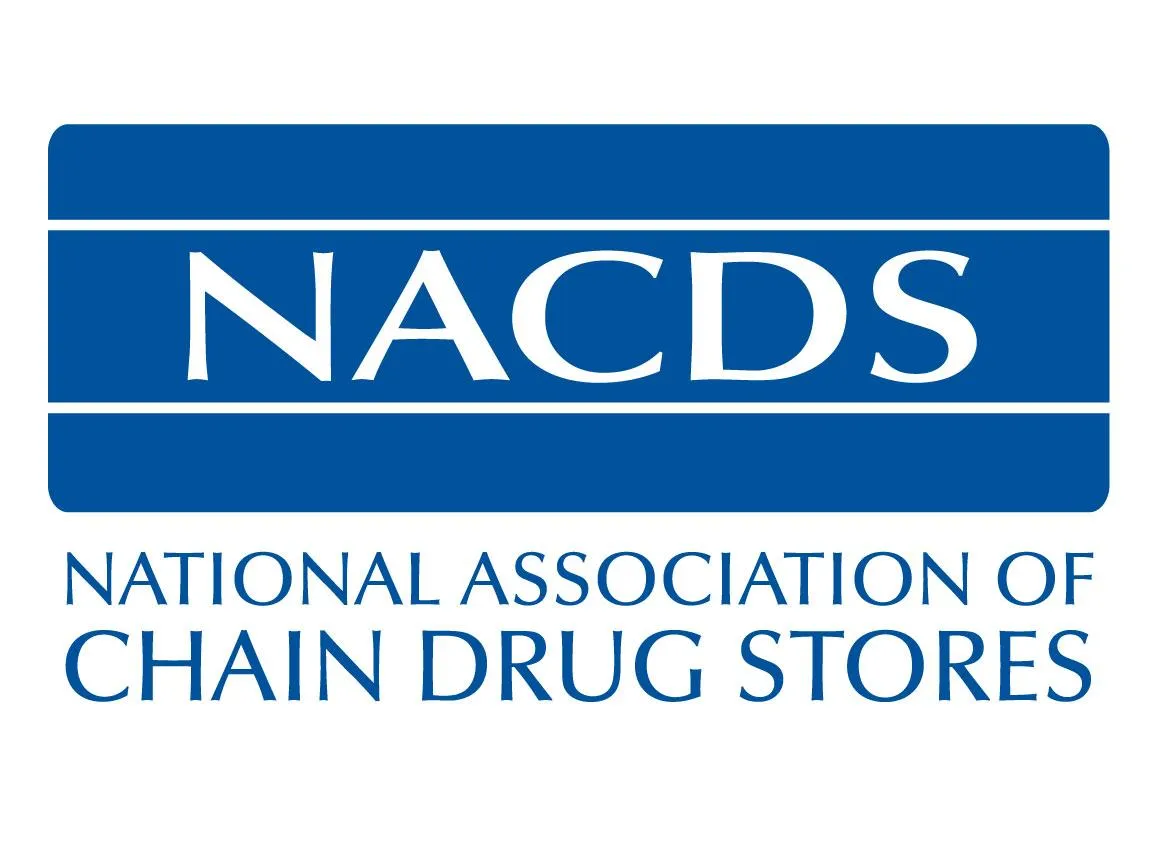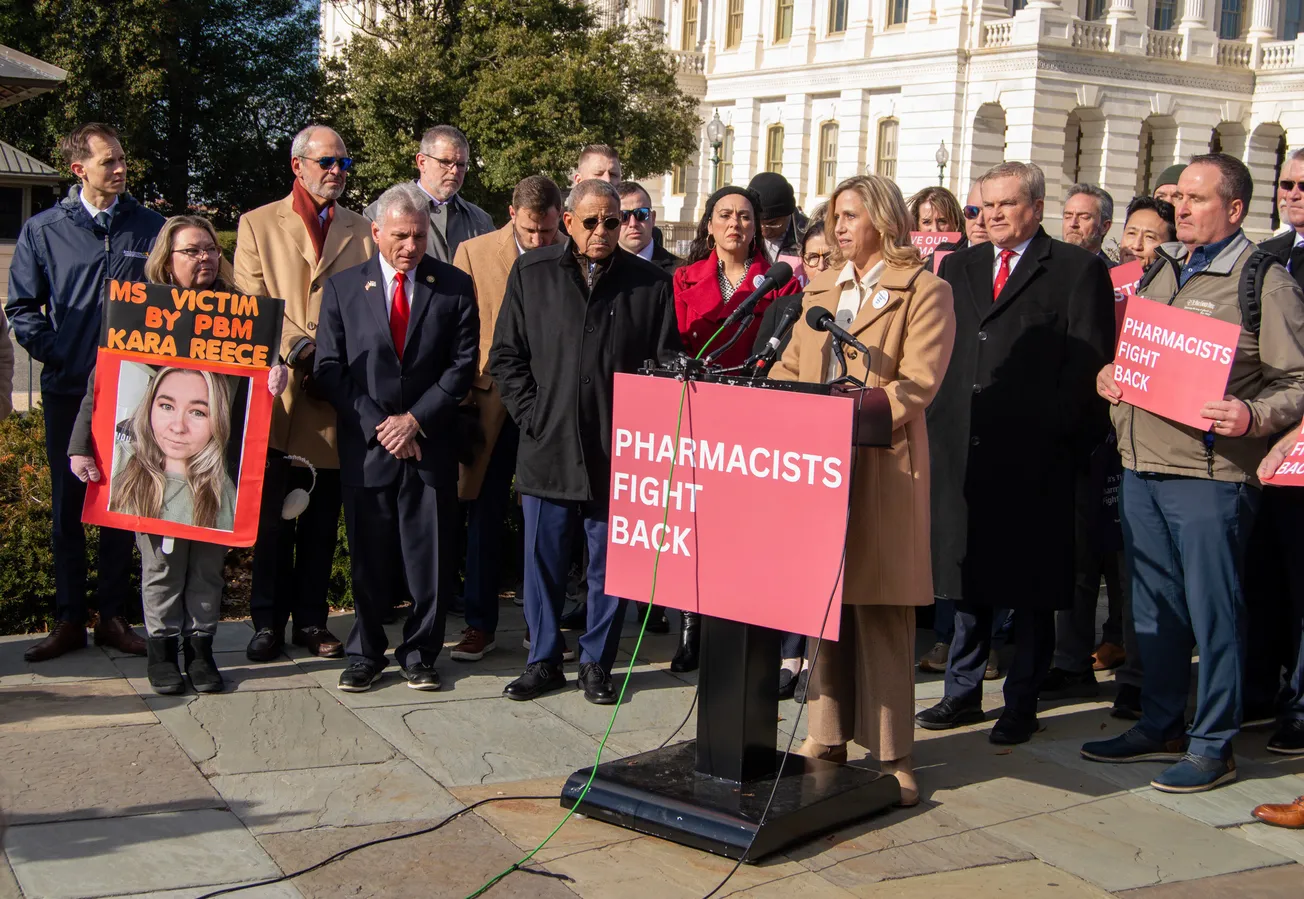WASHINGTON – On October 13, the National Association of Chain Drug Stores (NACDS) submitted comments in response to a Request for Information (RFI) issued by the U.S. House Budget Committee’s Health Care Task Force. The input will help shape the Task Force’s work as the panel explores solutions to improve patient health outcomes and reduce healthcare spending.

NACDS said in the letter, “Meaningfully modernizing our healthcare system to prioritize health outcomes, prevention of disease, and reduced spending means leveraging the unique expertise of all sectors and removing antiquated restrictions that have proven counterproductive to those goals.
“For example, community pharmacies continue to offer undeniable scale and clinical expertise to profoundly improve health outcomes and save downstream healthcare dollars, yet this capacity remains vastly untapped. When pharmacies were more fully leveraged during the recent public health emergency, pharmacy interventions averted more than one million deaths, prevented more than eight million hospitalizations, and saved $450 billion in healthcare costs.”
|
Specifically, NACDS is recommending that the Task Force members take three actions to further leverage the unique infrastructure of pharmacies so that they can better meet the needs of Americans:
In August 2023, U.S. House Budget Committee Chair U.S. Rep. Jodey Arrington (R-TX) established the Health Care Task Force, led by Chair U.S. Rep. Michael Burgess (R-TX), to broadly examine solutions to improve patient outcomes and reduce healthcare spending. To help inform the panel’s work, the Health Care Task Force released an RFI to solicit feedback from independent experts and stakeholders on solutions to improve outcomes and reduce federal healthcare spending in the budget. |
|
On October 5, NACDS submitted recommendations in response to an RFI issued by the U.S. House Committee on Ways and Means to identify and explore bold solutions needed to reshape the nation’s healthcare system and bring new access to care in rural and underserved areas. |







